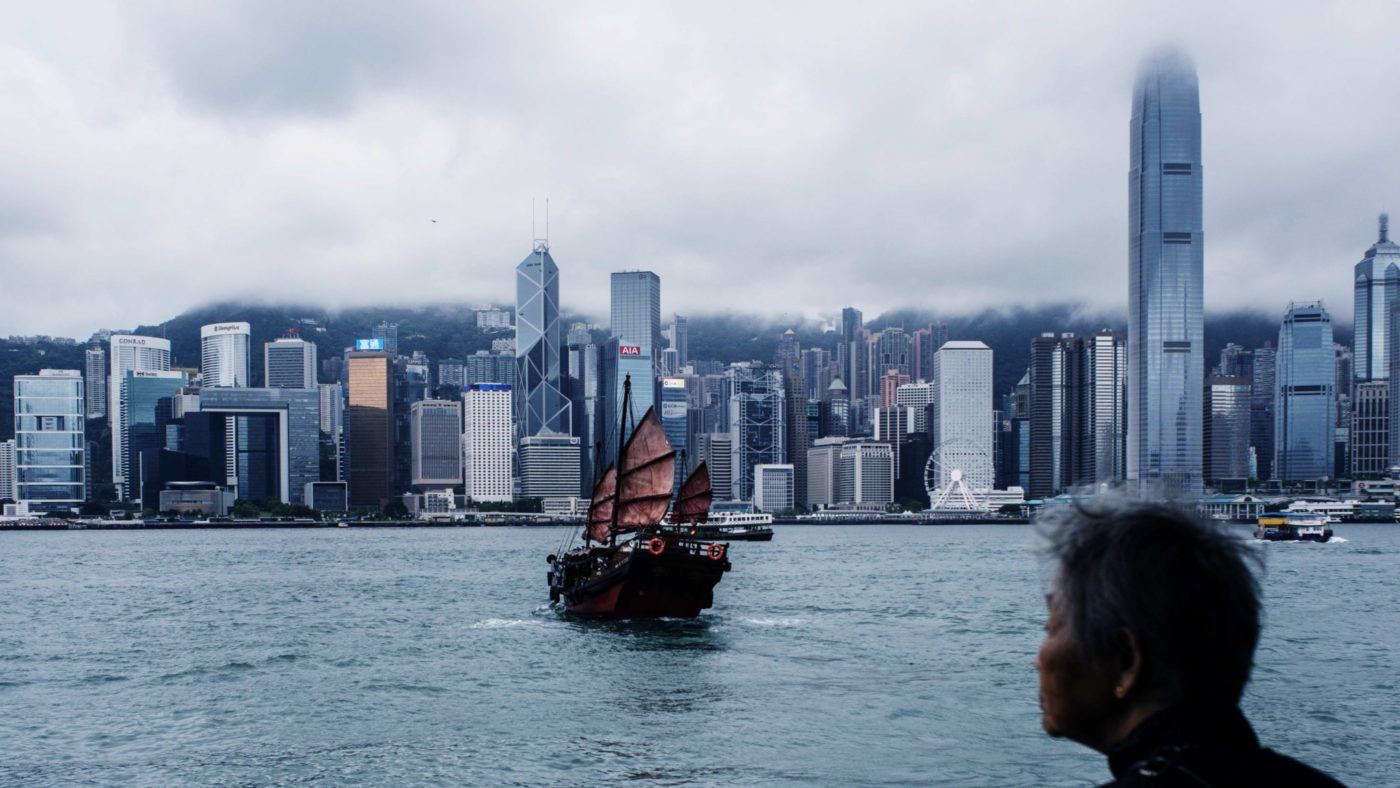News that Hong Kong’s British National (overseas) passport holders could soon have a path to move to the UK and gain citizenship is a good first step to help people escape growing Chinese authoritarianism in that great city. But it is nowhere near enough: there are only 300,000 current BN(O) passport holders out of Hong Kong’s 7.5 million residents (though many more are eligible), and many have family members who they could not leave behind because people born after 1997 cannot get them.
The real solution is to found a new city and open it up to all Hong Kongers and Brits who want to move there. A Hong Kong 2.0, right here in the British Isles.
A charter city is a city that is set up under a set of rules different to the jurisdiction it is next to. Hong Kong itself is a fine example: under British rule, it enjoyed property rights and the rule of law, which made it a magnet for Chinese refugees fleeing the Communist regime, and for investment in finance and manufacturing that led to Hong Kong’s GDP per capita rising by a factor of 63 between 1960 and 1997, when it was handed over to China. Singapore, too, has flourished thanks to its good governance and strong rule of law.
Advocates of charter cities want to replicate the success of Hong Kong and Singapore. Why couldn’t we apply a similar principle to other parts of the world where good governance is in short supply, like Latin America or Sub-Saharan Africa? Over a decade ago, Paul Romer, the recent Nobel Laureate, proposed that we try. If we can’t easily transplant good institutions onto existing jurisdictions, maybe we can set up new jurisdictions that do have them.
Romer spent years trying to set up a charter city somewhere in Latin America, coming close in Honduras, but was frustrated at the final hurdle by the Honduran Supreme Court. Today, the Charter Cities Institute is working to set up charter cities across different parts of Africa, and a number of governments in the region are interested in the prospect of founding a new, prosperous city beside them that could draw investment into the wider region.
This Hong Kong 2.0 would start as an empty bit of land somewhere on the coast, so that anybody who moved there would be opting in to the laws that govern it. Those laws could continue on the things that have made Hong Kong great: the property rights, low regulation, openness to trade and British legal system that have put Hong Kong at the top of the Fraser Institute’s Economic Freedom of the World rankings for years.
Anybody from the UK or Hong Kong could move there, if they wanted to be part of this new city. Like the Isle of Man and the Channel Islands, it could be set up as a Crown Dependency that, although technically under British control, was de facto a self-governing unit.
For Hong Kongers, this would be a chance to escape the Chinese regime, which is showing less and less respect for the rule of law in Hong Kong and for the Sino–British Joint Declaration in which it agreed to preserve ‘one country, two systems’ until 2047.
For Britain, the benefits would be huge. A new city, made up of some of the most productive and innovative people on earth, drawing in new talent and investment from all around the world. And, depending where it was located, it could help to rebalance the country’s economic centre of gravity away from London.
Since we could draw up the city’s charter before it got going, we could make Hong Kong 2.0 Britain’s only NIMBY-proof urban area. If its low tax, low regulation system attracted the sort of investment that the old Hong Kong did, it could be one of the few places in the British Isles where young people can move and hope for both a well-paid job and a house they can afford. If the UK’s existing cities have opted against being open to young people, the only option left for young people is to opt out of them.
There is plenty of empty room around the country, and under-used airports in places like Birmingham, Glasgow and Belfast that could quickly adapt to serving a new global hub. A bit under half of Hong Kong’s population of 7.4 million lives in the dense Hong Kong Island and Kowloon regions, an area of just 34 square miles, so a region six miles by six miles would likely be more than enough. The map below illustrates just how much of the country is empty (though as some have helpfully pointed out, it also colours in some lakes, which it would be important to be mindful of when locating the new city).

.
At the dawn of the 20th century, nobody could have imagined that Hong Kong would grow from being a small colonial concession to one of the greatest and loveliest cities on earth. Today, the biggest obstacle to building a Hong Kong 2.0 is that same lack of imagination. It may seem weird and unprecedented, but we live in weird and unprecedented times.
The costs, if nobody comes, would be insignificant: we would have an empty patch of land with an obscure set of rules governing, well, nothing. But the benefits, if Hong Kongers do come, could be huge: a new chance for them, a new city for Britain, and a new opportunity to put them and us at the centre of a transforming global system, not built on borders, but on human ingenuity.
Click here to subscribe to our daily briefing – the best pieces from CapX and across the web.
CapX depends on the generosity of its readers. If you value what we do, please consider making a donation.


